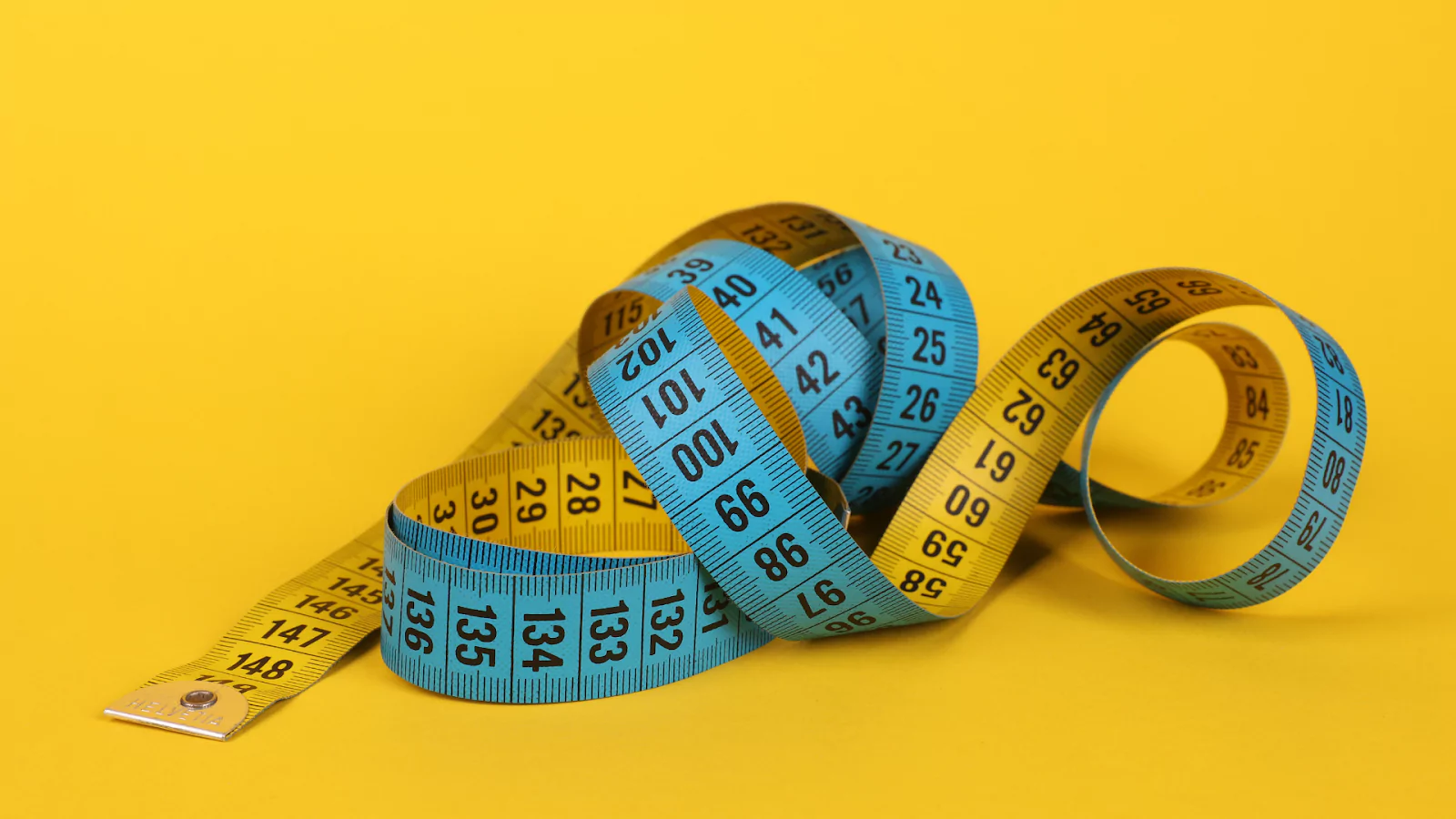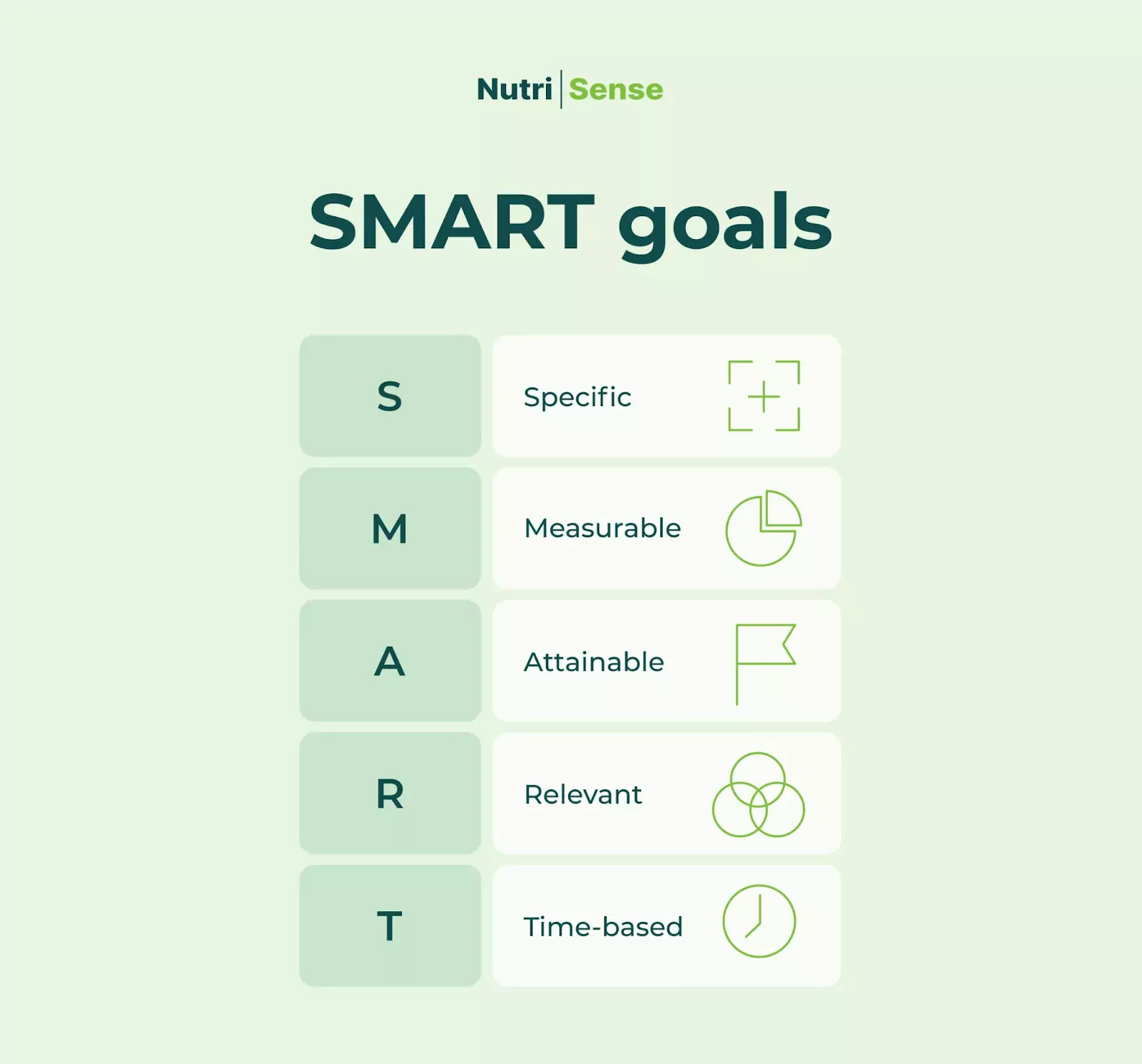Realistic Weight Loss Timeline: Setting Expectations

Key Takeways
It’s no secret that being overweight is becoming more and more of an epidemic. Being overweight or obese puts people at an increased risk for many health conditions, including type 2 diabetes and cardiovascular disease. It can also contribute to issues like poor self-esteem and body image.
The good news is that there's a good chance weight loss can improve or completely resolve many of the risk factors for these conditions, including diabetes, and improve our metabolic health. It does this by optimizing insulin resistance and improving cholesterol and blood pressure.
With all the potential health benefits that can accompany weight loss, it’s not surprising to want to lose weight FAST. And with summer approaching, you may also be more likely to see an increase in ads targeting quick ways to lose weight easily.
While it’s understandable to be drawn in by the promise of losing 10 pounds in two weeks, remember that rapid weight loss is not true fat loss and is most likely not sustainable over time. Some of these promises may also be fad diets that can do more harm than good for your health.
It can have undesirable side effects, and as research shows, the more you yo-yo diet, the less likely you are to keep the weight off. You may also lose more muscle mass, slowing your metabolism and making weight loss more difficult down the road.
If long-term, sustainable weight loss is the goal, estimating how long it will take to lose that weight will help you set realistic expectations. Read on to learn more.
Factors to Consider Before Starting Your Weight Loss Journey

Not everyone is going to have the same weight loss journey. We’re all different, so it makes sense that there are various factors that we want to take into consideration when setting realistic expectations for weight loss. Here are a few:
How Old Are You and What is Your Sex?
Men tend to have more muscle mass and less body fat, so they burn more calories than women and can expect to lose weight more quickly. Men will also lose more lean mass and less fat mass, especially initially.
Age is also an essential factor to consider. Muscle mass decreases as we age, meaning that calorie-burning overall slows down, and weight loss may take longer.
What is Your Starting Size?

People already starting in a healthy BMI range (18.5-24.9) will often experience slower weight loss than those with more weight to lose. Knowing how much weight to target initially can also depend on your starting size.
Five to 10 percent of your body weight may be a good place to start—this will vary based on starting size.
How much you weigh can also impact the type of weight that you lose. Those starting at a healthy weight are more likely to lose a more significant percentage of weight as fat-free mass (muscle) and be more at risk of regaining fat if they rebound. Overweight or obese people are more likely to lose body fat mass by comparison.
How Large (or Small) Is Your Calorie Deficit?
The consensus is that 3,500 calories make up a pound of fat. So to lose one pound of fat per week, you would need to cut out a total of 3,500 calories that week or 500 calories per day, either through eating fewer calories or increasing exercise.
Of course, this doesn’t necessarily account for all the factors that go into weight loss, but this can be a good starting point.
What is Your Weight-Loss Diet Plan?

Consider how your current diet is getting in the way of where you’d like to be. Think through your current dietary habits, meal frequency, snacks, how often you eat out, and how these habits impact your goals.
We don’t know for sure if either a low-carb or low-fat diet approach will work better than another, but both may effectively promote long-term weight loss. Find what works best for you—a continuous glucose monitor (CGM) can help you with this!
What Has (or Hasn’t) Worked for You in the Past?
Take some time to think about where you’re at on your weight loss journey so far and what this has looked like for you historically.
Were you ever successful in losing weight in the past? Why or why not? If you were successful at weight loss previously, were you able to maintain that weight loss, or did you gain it back?
Think critically about what worked well for you and what didn’t work so well. If there were things that helped you to lose weight in the past, are those same strategies realistic to where you are in your life right now? If not, how could you modify those things to fit into your new plan?
What is Realistic for Your Lifestyle Now?

It's good to base your strategies on past success, but remember to modify them for your current lifestyle.
It can be common to want to change everything all at once, especially at the beginning of a weight-loss journey. But it can be hard to maintain and often leads to feelings of failure, resulting in worse success down the road.
Instead, consider reviewing common weight loss tips for men and women, think of the factors we mentioned above, and make a list to see where all of it fits into your lifestyle now.
Find Support
Finally, find support! Having someone on your side during a weight loss journey can help hold you accountable and provide motivation. It can be family, friends, or a support group.
{{rich-text-cta-wl1="/style-guide"}}
A Realistic Weight Loss Timeline
Having a basic understanding of metabolism can help to set a realistic timeline for weight loss. There are two phases to consider:
Phase 1: The early weight loss phase is attributed to significant fluid loss and glycogen (the storage form of glucose). You can lose fat quickly but in a smaller proportion. People who follow a low carb, keto, or carnivore diet may experience quick weight loss during this stage as they begin with less glycogen.
Phase 2: You can experience a weight loss plateau here. It's when you may end up getting discouraged and lose motivation. You can lose a high proportion of fat and, as a result, it occurs at a much slower rate.
There are a few different theories about why weight plateaus occur. The first is that as we lose weight, metabolism slows due to metabolic adaptations and the loss of energetically active tissue (fat and some muscle).
Basically, as you lose weight, your calorie intake often decreases, so weight loss will slow if you’re not adjusting your intake or exercising accordingly. At the same time, your metabolism is adapting to having fewer calories come in by triggering your hunger hormone and decreasing fullness hormones.
The second reason is getting burned out and no longer sticking to a diet. Likely, it’s probably a combination of both factors.
Wondering what a realistic timeline looks like with these phases in mind? Here's a format to follow:
Weeks 1 to ~4-6 Weeks

As you begin cutting calories, you may experience quick weight loss of around one to two pounds per week as your body depletes its glycogen stores, protein, and water weight.
On the flip side, if you are beginning a new exercise routine or starting to exercise for the first time, your initial weight loss may seem slower as you build muscle and strength.
To stay motivated, focus on non-scale measures like waist circumference, how your clothes are fitting, or your energy levels.
Avoid weighing yourself too frequently and always weigh yourself at the same time of day and under similar conditions. For example, if you weigh yourself without your shoes on day one, continue to remove your shoes before you step on the weighing scale to ensure you’re getting consistent readings.
Remember to focus on the habits that you’re working on developing that will lead to weight loss rather than simply focusing on the number on the scale.
Week 6 and Beyond

Prepare for that weight loss plateau. You can temper your expectations and avoid feeling the burnout of a plateau.
Have a plan to work through any plateau or weight gain by making minor, manageable tweaks to your current routine.
To encourage future weight management, finding foods, meal patterns, and exercise habits that work well for you and can fit into your everyday life is key at this stage. For more information on pushing past a weight plateau, check out this article.
4 Dietitian Tips for Healthy Weight Loss
Finding what works for your specific needs is the key to weight loss success. Here are some dietitian-approved tips:
1) Strength Training

Any exercise will help you burn extra energy, build muscle, and promote overall physical and mental health. Strength training can be beneficial as it builds muscle and can help burn more calories over time.
Now, you may be thinking, “I burn more calories in one single cardio session than weight training,” and that’s true. Still, strength training can help increase your resting metabolic rate, meaning you’re going to continue to burn calories even when your workout is over.
Strength training will also help you limit how much muscle mass you lose during weight loss and allow you to increase how much fat you lose.
Check out this article if you’d like to add strength training to your routine but aren’t sure where to start.
2) Increase Protein Intake
The old saying of “calories in, calories out” regarding weight loss is a great starting point, but there’s more to it than that. What you're eating matters too.
Protein is an often underrated nutrient that helps maintain lean mass and aids weight loss by promoting satiety and stable energy levels.
Focus on getting good protein at each meal and add grass-fed red meat, poultry, fish, eggs, wild game, unsweetened Greek yogurt, tofu, or tempeh to your diet.
Protein recommendations are different for people with certain medical conditions, like chronic kidney disease, so reach out to your primary care provider or a dietitian if you’re unsure about your own unique needs.
3) Stay Hydrated

It’s easy to focus just on food when trying to lose weight, but fluids can be as essential.
Staying hydrated can help support a healthy weight loss journey by preventing overeating associated with being dehydrated and also helps to increase fat loss.
Per the National Academies of Science, Engineering, and Medicine, about 125 ounces of water for men and 91 ounces of water for women per day is a good starting point. As you’re getting started, keep track of your daily water intake to see how closely you’re getting to this goal. Keep a water bottle with you throughout the day to stay motivated.
You can even add some sliced fruit for extra flavor if plain water isn’t your thing. Watch out for sugary beverages like fruit juice, sports drinks, or sodas, as these can sneak in a surprising number of extra calories each day.
4) Set Realistic Goals
Trying to change too many things all at once or making too drastic of a change can set you up for failure. When working towards long-term success, consider making more manageable and realistic goals.
For example, saying that you’re going to work out for an hour every day may not be very realistic when you’re getting started and can lead to feelings of disappointment when you’re unable to achieve that goal.
Setting a goal to exercise two or three times a week for 20 to 30 minutes each time may be more manageable in the early stages of your journey. Doing that consistently can help build confidence that will allow you to expand your goals.
Having specific, time-based goals is also essential to measure your success. Consider setting SMART goals that are:

- Specific
- Measurable
- Attainable
- Relevant
- Time-based
Want more help setting up personalized SMART goals? Reach out to a Nutrisense nutritionist for guidance and support.
Find the right Nutrisense programto turn insight into progress.
Go Beyond Glucose Data with Nutrisense
Your glucose can significantly impact how your body feels and functions. That’s why stable levels are an important factor in supporting overall wellbeing. But viewing glucose isn't enough. Nutrisense, you’ll be able to learn how to use your body's data to make informed lifestyle choices that support healthy living.
One-to-one coaching
Sign up to access insurance-covered video calls to work with a glucose expert: a personal registered dietitian or certified nutritionist who will help tailor your lifestyle and diet to your goals.
Monitor and measure what matters
With the Nutrisense CGM Program, you can monitor your glucose with health tech like glucose biosensors and continuous glucose monitor (CGM)s, and analyze the trends over time with the Nutrisense App. This will help you make the most informed choices about the foods you consume and their impact on your health.
Find your best fit
Ready to take the first step? Start with our quiz to find the right Nutrisense program to help you take control.

Amanda is a Nutrition Manager and Registered Dietitian, with a Masters in Dietetics from Stephen F. Austin State University. Originally from south GA, she got her undergrad degree from Texas Tech University. She worked at a hospital in Fort Worth, TX, for 4 years as a dietitian, counseling those living with HIV.




